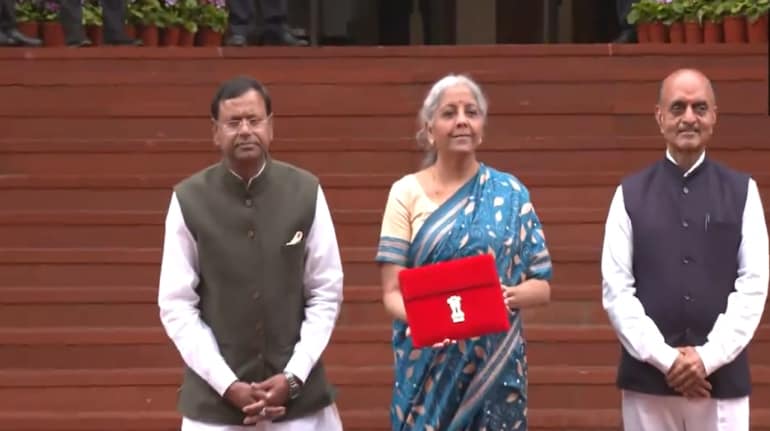
Reserve Bank of India.
Market consensus was for a 50-basis-point increase in the repo rate and that is what the Reserve Bank of India (RBI) delivered at the policy meeting on September 30. In its communication, the RBI continued to indicate that the worry related to growth issues are relatively lower than the worry over inflation. The RBI, however, brought down its growth projection for FY23 to 7.0 percent from 7.2 percent while retaining the inflation projection at 6.7 percent.
Beyond the rate hike by the RBI, that was anyways warranted and anticipated, some clarity comes through as to how the RBI could be thinking. Even today, the RBI states that domestic factors take precedence in monetary policy making than the global factors.
This is true. However, the communication of the RBI government came as clear indication that the RBI has started to place a large weight on the global macro conditions, more specifically global interest rate cycle, to determine the course of the monetary policy in India. The governor indeed refers to the global interest rate tightening cycle as the “third major shock – a storm”. And, in a highly integrated global financial system, the negative externalities of the same is evident in the recent sharp depreciation of the rupee.
The most important development over the last couple of months has been the continued aggression by the global central banks with US Federal Reserve, the European Central Bank, and the Bank of England – all hiking by large amounts. The US Fed has now projected the Fed Funds Rate in 2022 to be at 4.4 percent compared to its earlier projection of 3.4 percent. These actions have led the interest differential between the US and India to fall to around 340bps against an average of around 525-530 bps.
This is likely to impact the capital flows into the Indian economy leading to risks of further depreciation in the Indian rupee.
Also read - RBI presents an optimal monetary policy
Rarely does a monetary policy communication have so much to say about the INR exchange rates. The governor's statement has two full paras that focused on explaining the importance of a stable exchange rate, and on the adequacy of forex reserves. To me, the most important sentence in the para 24 of the governor's statement is: “Over the medium term, the primacy of price stability embedded in our flexible inflation targeting framework provides the anchor for exchange rate stability.”
Thus, is the interest rate policy of the RBI also focused on anchoring expectations of the exchange rate market?
In 2013, at the time of the taper tantrum and when the INR was under speculative attack, the RBI had increased the policy interest rate by 300 bps. As a follow up, to attract foreign resources, the RBI allowed banks to raise FCNR (B) deposits, that were sweetened for the banks by allowing them to swap the receipts under the FCNR (B) deposit scheme at a fixed rate (that was lower than the market rate of the time).
Importantly, the interest rate differential between India and the US was driven up to close to 600 bps (due to the sledgehammer interest rate increase by the RBI). This is surely not the route that can be taken, given that the interest differential is now at just 340 bps.
Also read - Suzlon Energy Founder and Chairman Tulsi Tanti passes away
In a nutshell, this rounds off the point made earlier that monetary policy making in India is, to an extent, hostage to the monetary policy developments in the rest of the world, and specially the Advanced Economies. In this policy, the RBI did not give any forward guidance on the policy front and indicated that in the current highly uncertain environment, forward guidance may indeed destabilize financial markets. I totally agree. In this context, the RBI has indicated that they would be nimble footed and not be “constrained by conventional or any textbook approach to policy making.
Thus, taking a view on the future course of repo rate hikes remains fraught with risk and is equivalent to a dart game. However, at the current juncture of how global and domestic macro conditions are evolving, I would place my bets for the RBI to raise the repo rate by a 35 bps in December 2022 and another 25bps in February 2023 before pausing and evaluating the domestic growth-inflation mix and the implications of the global monetary policy cycle. At the time of the pause, the repo rate is thus anticipated at 6.5 percent.
Disclaimer: The views and investment tips expressed by investment experts on Moneycontrol.com are their own and not those of the website or its management. Moneycontrol.com advises users to check with certified experts before taking any investment decisions.RBI to raise repo rate by 60 bps in next 2 rounds before taking a pause: Indranil Pan of Yes Bank - Moneycontrol
Read More

No comments:
Post a Comment